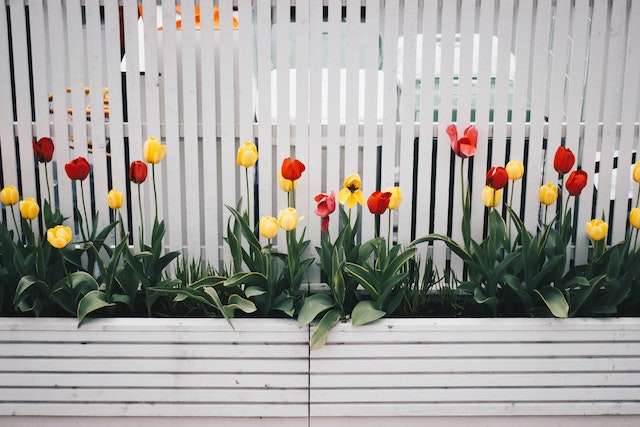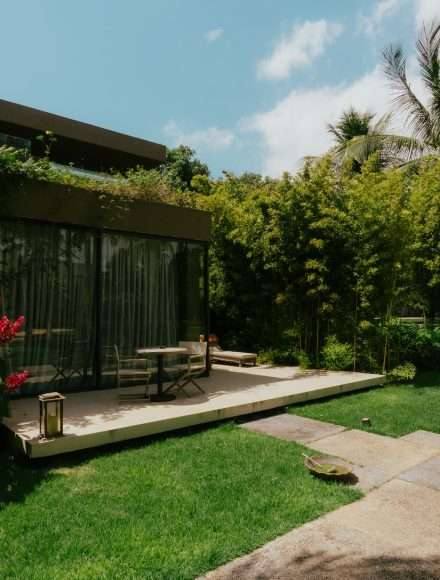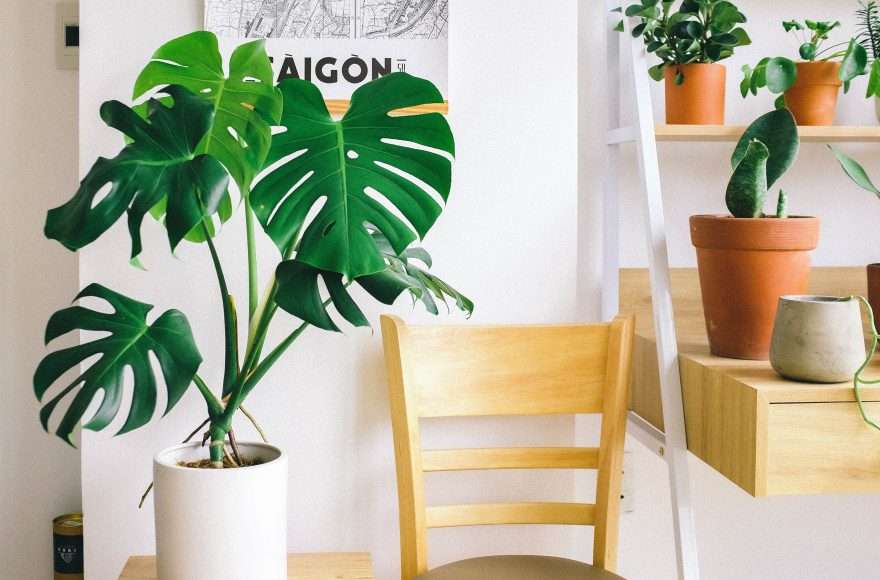The Ultimate Guide to Garden Design and Outdoor Furniture
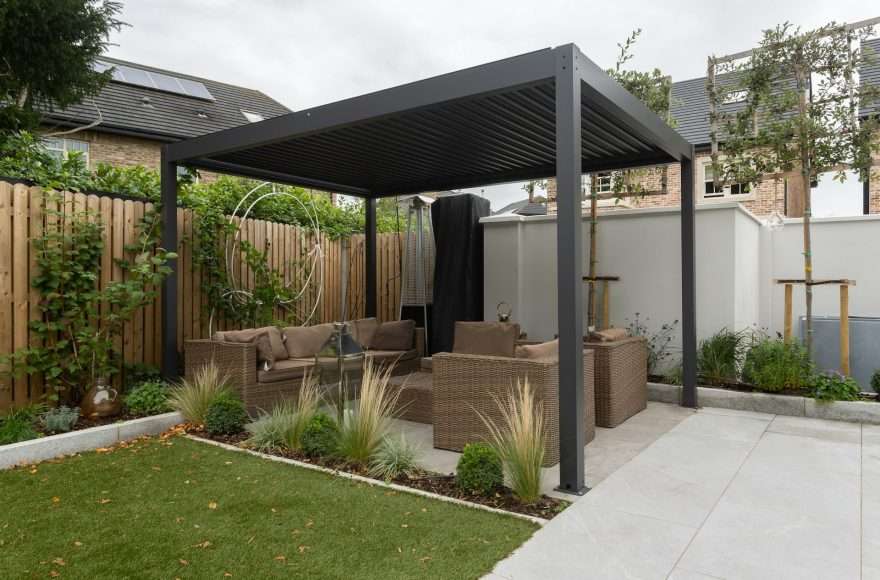
In an increasingly digital age, creating a serene and inviting outdoor space has become more important than ever. Whether you’re an experienced gardener or a budding enthusiast, the charm of a well-designed garden adorned with the right furniture can transform your home into a personal oasis.
This guide will take you through everything you need to know about garden design and outdoor furniture, providing you with practical tips, innovative ideas, and the latest trends. By the end of this post, you’ll be well-equipped to turn your outdoor dreams into reality.
Understanding Your Space
Before you start planning your garden design or purchasing outdoor furniture, it’s essential to understand the specifics of your space. Consider the size, shape, and climate of your garden.
Assessing the Area
Begin by measuring the dimensions of your outdoor area. This will help you determine how much space you have to work with and what types of furniture and plants will fit comfortably. Consider drawing a rough sketch to help visualise different layouts.
Considering Climate
The climate plays a crucial role in garden design. Plants that thrive in a Mediterranean climate might struggle in a cooler, wetter environment. Similarly, your choice of outdoor furniture should be influenced by weather conditions. Materials like teak and metal can withstand varying weather conditions, whereas wicker might not fare as well in areas with high rainfall.
Evaluating Soil Quality
Understanding the quality of your soil is also vital. Testing the pH level and fertility can help you choose the right plants that will thrive in your garden. You can amend the soil as needed to create an ideal growing environment.
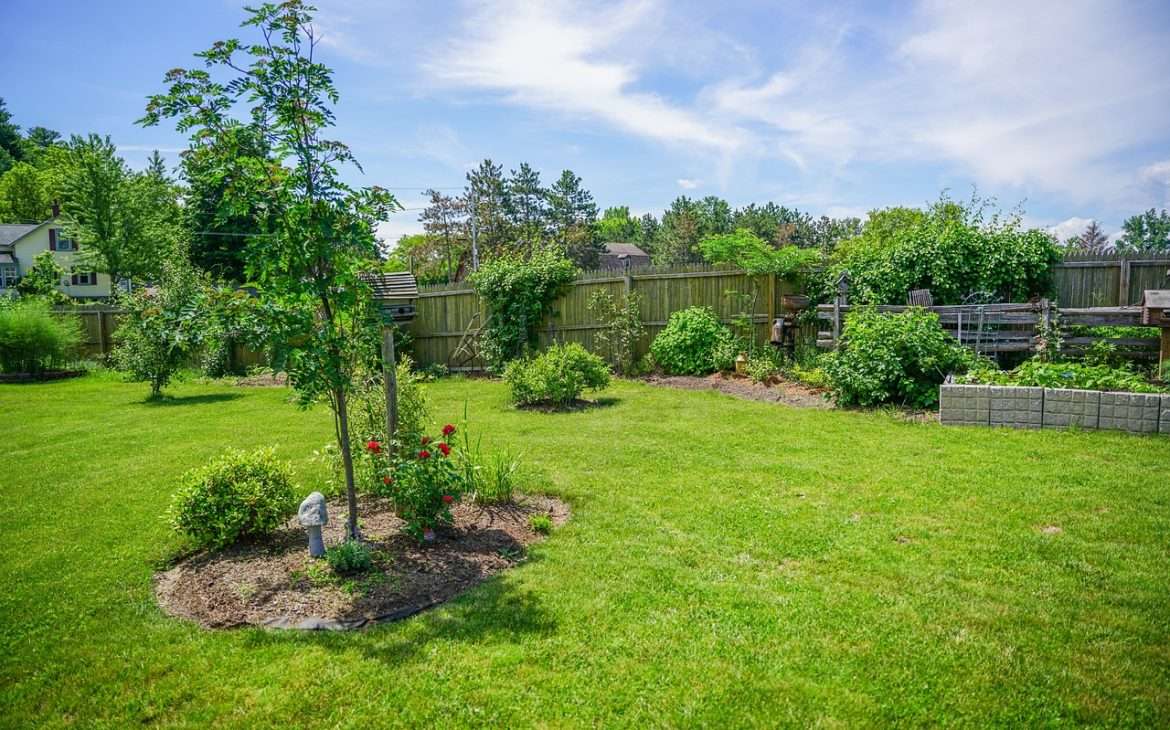
Garden Design Principles
Once you’ve assessed your space, you can start exploring different garden design principles to create a cohesive and visually appealing outdoor area.
Formal vs. Informal Gardens
Formal gardens are characterised by symmetrical layouts, neatly trimmed hedges, and a consistent colour palette. They often feature elements like topiary and manicured lawns. Informal gardens, on the other hand, have a more relaxed feel with asymmetrical designs, naturalistic plantings, and meandering pathways.
The Principle of Proportion
Proportion refers to the size relationship between different elements in your garden. Large trees should be balanced with smaller shrubs and ground covers, and large pieces of furniture should complement smaller accessories. This balance creates harmony and ensures that no single element overwhelms the space.
Focal Points and Pathways
Focal points draw the eye and can be anything from a beautiful tree to a stunning piece of garden art. Pathways guide visitors through the garden, creating a sense of flow and exploration. Consider using materials like gravel, stone, or wood to create interesting and functional pathways.
Selecting the Right Furniture
Choosing the right outdoor furniture is key to enhancing both the functionality and aesthetic appeal of your garden. Here are some tips to help you make the best choices.
Prioritising Comfort and Durability
When selecting garden furniture, comfort should be a top priority. Look for chairs and lounges with cushioned seating and ergonomic designs. Durability is equally important; materials like teak, aluminium, and wrought iron are known for their longevity and resistance to the elements.
Complementing Your Garden Design
Your furniture should beautifully complement the overall design of your garden, enhancing its aesthetic appeal. In formal gardens, where symmetry and structure reign, opting for classic styles featuring clean lines and neutral colours can create a timeless look that exudes elegance. Consider pieces made from high-quality materials like teak or wrought iron, which not only withstand the elements but also add a touch of sophistication.
In an informal garden, you have the freedom to be adventurous and creative with your choices. When choosing quality garden furniture, feel free to mix and match eclectic pieces that reflect your personality. Incorporate vibrant hues and playful patterns to bring life to the space, and consider adding whimsical seating options or colourful accessories that invite relaxation and enjoyment. Ultimately, selecting the right furniture can transform your garden into a welcoming oasis, perfect for entertaining or unwinding amidst nature.
Maximising Functionality
Think carefully about how you plan to utilise your outdoor space, as this can greatly enhance your enjoyment and functionality. If you love dining al fresco, consider investing in a sturdy dining table and comfortable chairs that can withstand the elements while providing a pleasant atmosphere for meals with family and friends. Opt for a table that’s large enough to accommodate gatherings, and perhaps choose chairs with cushions for added comfort.
For those who prefer to unwind in their outdoor sanctuary, a hammock or a cosy outdoor sofa might be more suitable. Imagine lounging with a good book or enjoying a refreshing drink while surrounded by nature. Look for weather-resistant materials to ensure longevity and comfort.
Additionally, multi-functional furniture can be an excellent way to maximise space and utility. Benches with built-in storage, for instance, not only provide seating but also offer a practical solution for stowing away cushions, gardening tools, or outdoor games. By thoughtfully considering your needs and preferences, you can create an outdoor area that truly reflects your lifestyle and enhances your enjoyment of nature.
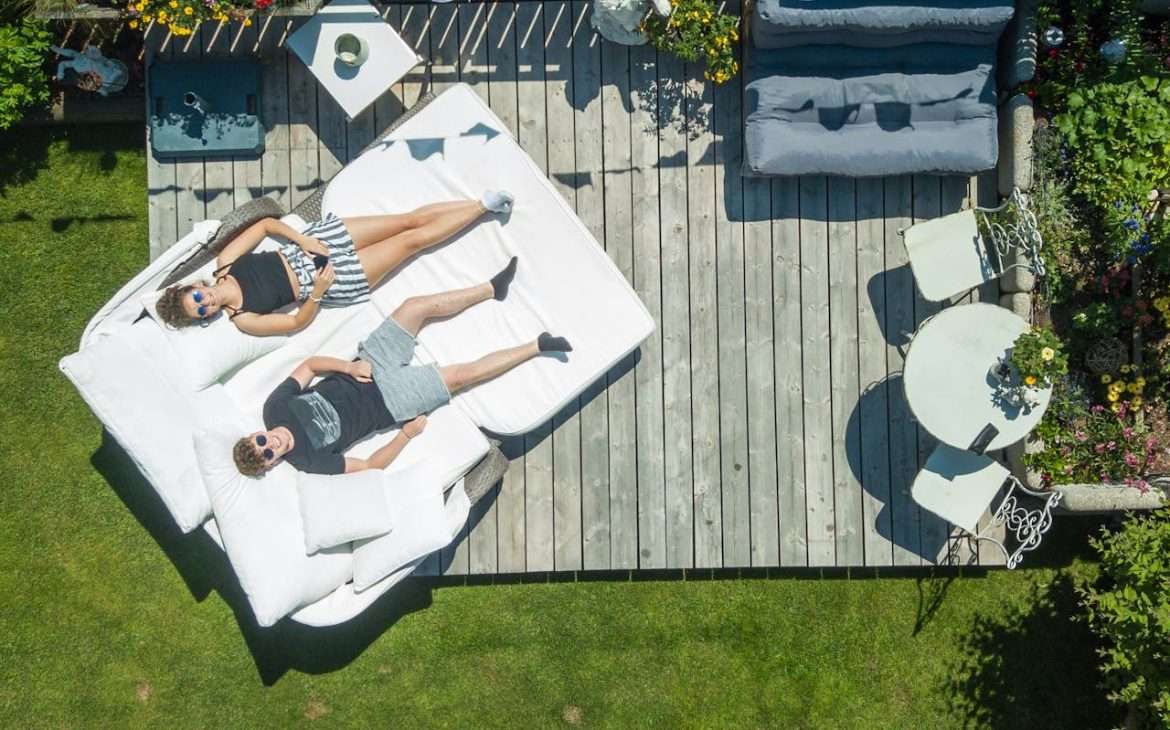
DIY Garden Furniture
Creating your garden furniture can be a rewarding and cost-effective way to personalise your outdoor space. Here are some ideas to get you started.
Simple Wooden Benches
Building a wooden bench is a straightforward project suitable for beginners. All you need are some wooden planks, screws, and a bit of paint or stain to protect the wood. This project can be completed in a weekend and will provide you with a sturdy seating option for your garden.
Pallet Furniture
Pallets are versatile and can be transformed into a variety of furniture pieces, from coffee tables to sofas. They are also relatively inexpensive and environmentally friendly. Sand them down, apply a coat of paint, and add some cushions for a comfortable seating arrangement.
Upcycled Planters
Old tyres, barrels, and even broken furniture can be upcycled into unique planters. This not only adds a creative touch to your garden but also promotes sustainability by reusing materials that might otherwise go to waste.
Maintaining Your Garden and Furniture
To ensure your garden and furniture remain in top condition, regular maintenance is essential. Here are some tips to help you keep everything looking its best.
Seasonal Plant Care
Different plants have varying needs throughout the year. Prune your plants regularly to encourage healthy growth, and be sure to mulch and fertilise as needed. Paying attention to pest control and disease prevention can also help keep your garden thriving.
Furniture Care Tips
Outdoor furniture is exposed to the elements and requires regular care. Clean your furniture periodically to remove dirt and debris. For wooden furniture, apply a protective sealant annually to prevent weather damage. Metal furniture may need a coat of rust-resistant paint to maintain its appearance.
Storage Solutions
Invest in protective covers for your furniture, especially during harsh weather conditions. If possible, store cushions and other removable parts indoors during the winter months. This will significantly extend the lifespan of your furniture.
Trends and Future Innovations
The world of garden design and outdoor furniture is constantly evolving. Here’s a look at some current trends and what the future holds.
Sustainable Gardening
Sustainability is a growing trend in garden design. More people are opting for native plants that require less water and maintenance. Rainwater harvesting and composting are also becoming popular practices among eco-conscious gardeners.
Smart Gardens
Technology is making its way into the garden with smart irrigation systems and weather sensors. These innovations help optimise water usage and ensure your plants receive the right amount of care. Smart lighting solutions are also being used to create stunning night time displays.
Modular Furniture
Modular furniture pieces that can be easily rearranged or expanded are gaining popularity. This flexibility allows you to adapt your outdoor space to different occasions, whether it’s a quiet evening alone or a lively gathering with friends.
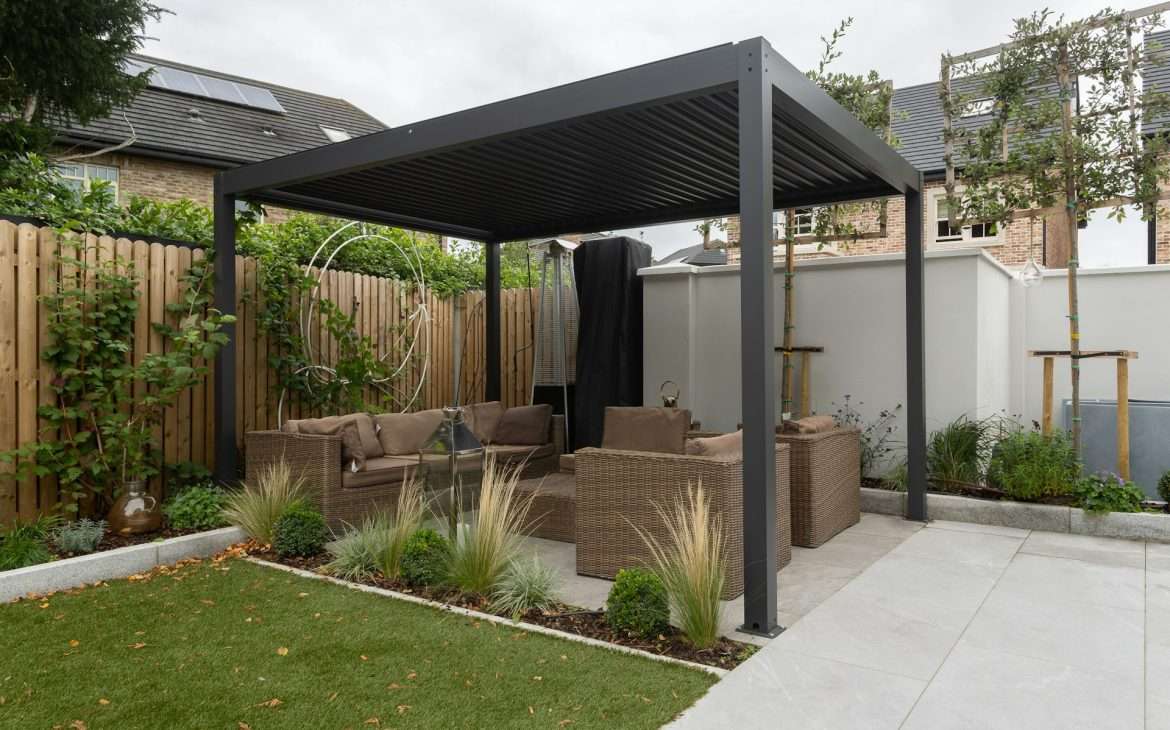
Conclusion
Creating a beautiful and functional outdoor space is a fulfilling project that enhances your home and provides a sanctuary for relaxation and enjoyment. By understanding your space, applying garden design principles, selecting the right furniture, and staying on top of maintenance, you can create a garden that reflects your personal style and meets your needs.
We hope this guide has offered you valuable insights and inspiration for your garden design and outdoor furniture selections. We invite you to share your own garden design stories and photos with our community—there’s always more to discover and enjoy when connecting with fellow gardening enthusiasts. And if you’re looking to enhance your space even further, check out our article on how to transform your garden with eye-catching fence colours. Happy gardening!
